The carbon revolution series continues now, with five materials that store carbon including bioplastic cladding and mycelium insulation.
Sequestering carbon that has been removed from the atmosphere in buildings and products is a key way of tackling climate change.
This can be done by taking plant matter such as wood, cork, hemp and algae that has captured atmospheric carbon via photosynthesis and using it directly. Alternatively, it can be turned into other materials that store carbon more permanently.
“What if everything we’re surrounded with was removing emissions instead of releasing them?” said Neema Shams of Made of Air, which makes carbon-negative bioplastic from forest and agricultural waste.
The material is carbon-negative because it contains more carbon than was emitted during the material’s manufacture and use.
“Climate change is a material problem”
“Climate change is really a material problem in that there’s too much carbon in the atmosphere. So how come we can’t turn that into our biggest resource?” Shams told.
Other products utilise carbon captured from factory chimneys and other industrial processes that emit greenhouse gases.
However, such products cannot be considered carbon negative, since they do not result in a net reduction in atmospheric carbon.
This carbon revolution series explores how this miracle material could be removed from the atmosphere and put to use on earth.
Here are five examples of carbon-storing materials.
Bioplastic
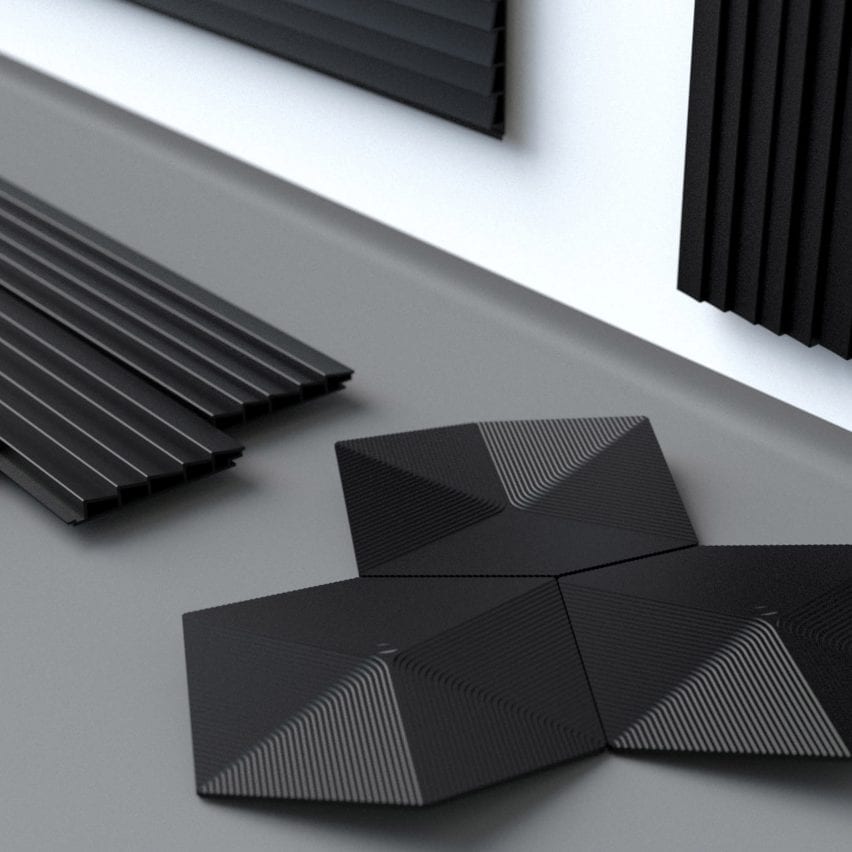
German brand Made of Air has developed a carbon-negative bioplastic that can be used in cars, interiors and cladding.
The material contains biochar, a carbon-rich substance made by burning biomass without oxygen, which prevents the carbon from escaping as CO2.
“With biochar, if you just left it on the ground and came back a thousand years later, it would look exactly the same,” Shams said. “Only if you were to burn it would that carbon be re-released.”
The bioplastic was recently used to clad a car dealership in Munich with the installation storing 14 tonnes of carbon, according to Made of Air.
Mycelium insulation
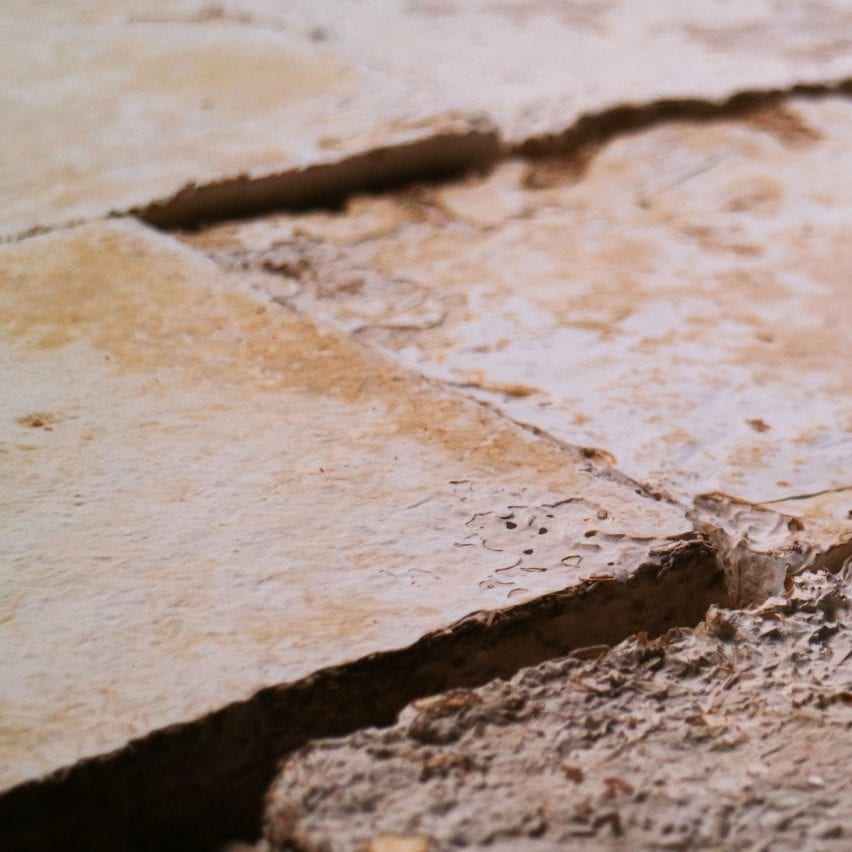
Start-ups including London-based Biohm are using mycelium to create building insulation that is naturally fire-retardant and removes “at least 16 tonnes of carbon per month” from the atmosphere as it grows.
Mycelium, a biomaterial that forms the root system of fungi, feeds on agricultural waste and in the process sequesters the carbon that was stored in this biomass.
Sustainability expert David Cheshire described mycelium as “part of the solution” to making buildings carbon-negative.
“It’s naturally fire retardant,” he told. “It’s actually got better insulation properties than most standard insulation and it’s actually sequestering CO2.”
Mycelium is fast-growing and cheap to produce in custom-made bioreactors. It can be grown in moulds to create usable products such as packaging and lamps.
It can also be turned into new materials including leather-like products such as Mylo. These in turn can be used to produce handbags and clothes.
Carpet tiles
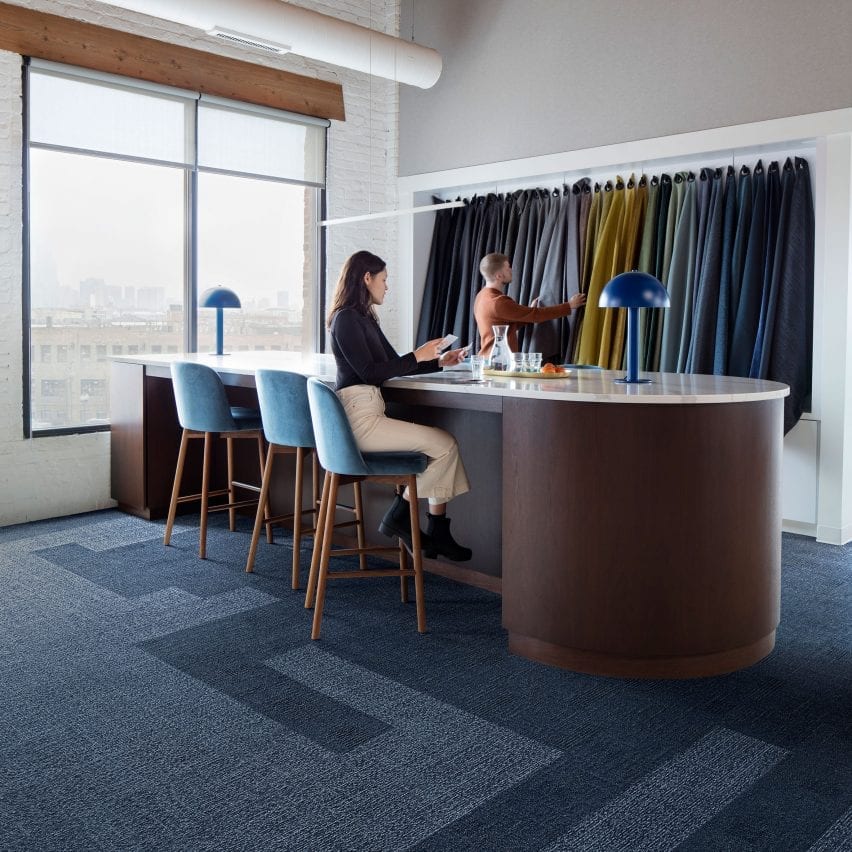
American carpet-tile manufacturer Interface is aiming to make its entire product range carbon negative by 2040, starting with the Embodied Beauty and Flash Line carpets that were released this year.
They are constructed almost exclusively from recycled plastic and various biomaterials, which the brand says store more embodied CO2 than is emitted by the products in their production.
Interface describes the tiles as carbon-negative “from cradle to gate”, meaning their lifecycle after they leave the factory is not taken into account.
“It’s not carbon-negative for its full lifecycle because elements of transport and end-of-life use we can influence but we can’t control at this stage,” Interface sustainability leader Jon Khoo told.
“So we wanted to focus on going CO2 negative with what we can control.”
Wood
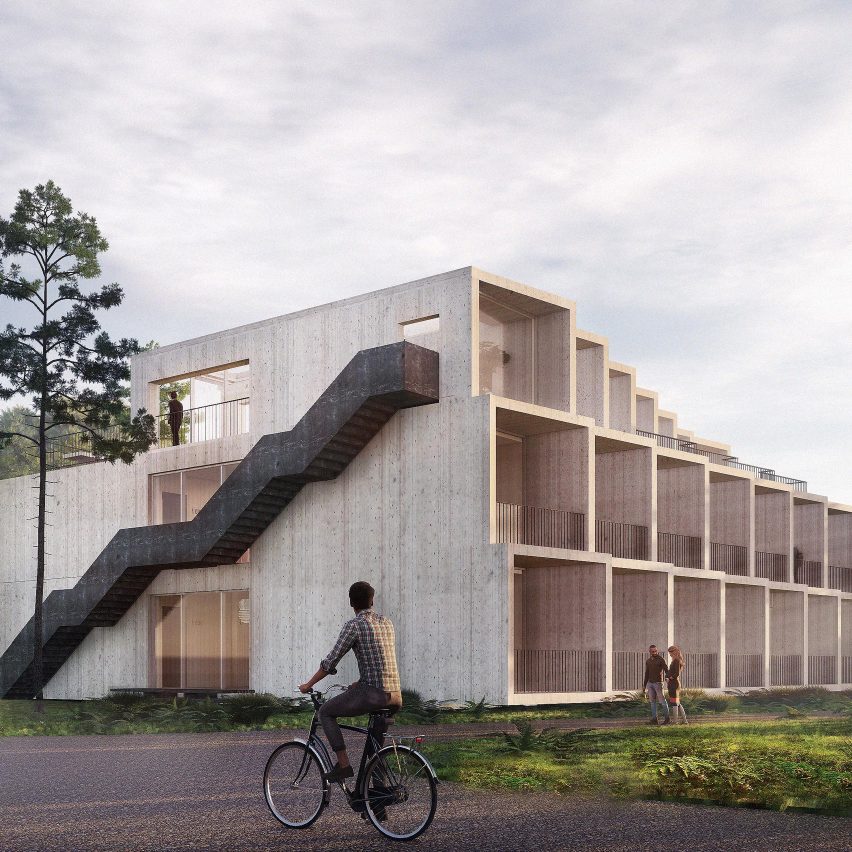
A fully-grown tree can remove 22 kilograms of CO2 from the atmosphere over the course of a year, meaning that the material is CO2 negative as long as it is responsibly sourced and that the felled tree is compensated by new planting.
Any carbon stored in the wood needs to be weighed against the emissions generated during transport and processing and replacement trees need to be left growing long enough so they themselves can be harvested and turned into carbon-storing materials.
[BDCK category=3 Keywords=”CE-CAFFE LATTE NEW”][/BDCK]
However, one problem with wood is the tremendous amount of waste produced by the timber industry. Only part of each tree is used and processing timber generates significant amounts of offcuts and sawdust. In addition, only around 10 per cent of timber is recycled.
“Just think about carving wood,” said sustainable-design guru Willian McDonough in an interview as part of carbon revolution. “It’s a negative process, right? We’re cutting away stuff all the time.”
Concrete
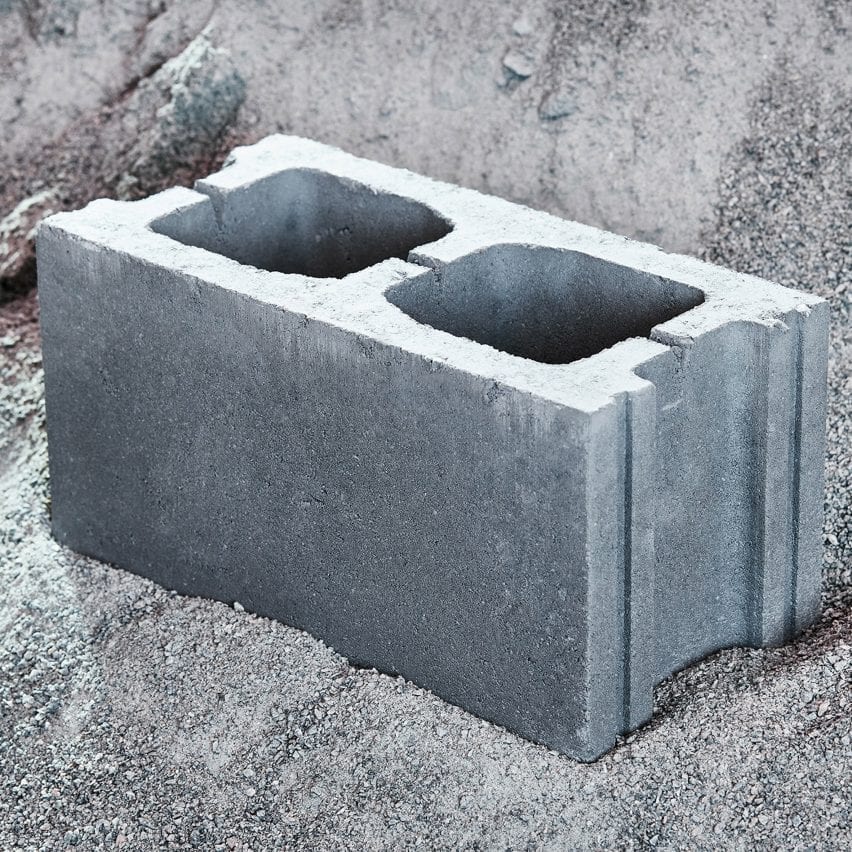
Montreal company Carbicrete has developed a type of concrete that captures CO2 in its production while substituting emissions-intensive cement, which is responsible for eight per cent of all greenhouse gas emissions, with waste slag from the steel industry.
Currently, the process relies on captured industrial emissions, meaning that it reduces the amount of new emissions being pumped into the atmosphere but does not reduce atmospheric CO2. However, once the company draws its CO2 from the atmosphere via direct air capture (DAC), this would make the final material carbon-negative.
“It’s negative emissions,” Carbicrete CEO Chris Stern told. “We’re taking CO2 out of the system every time we make a block.”
Food
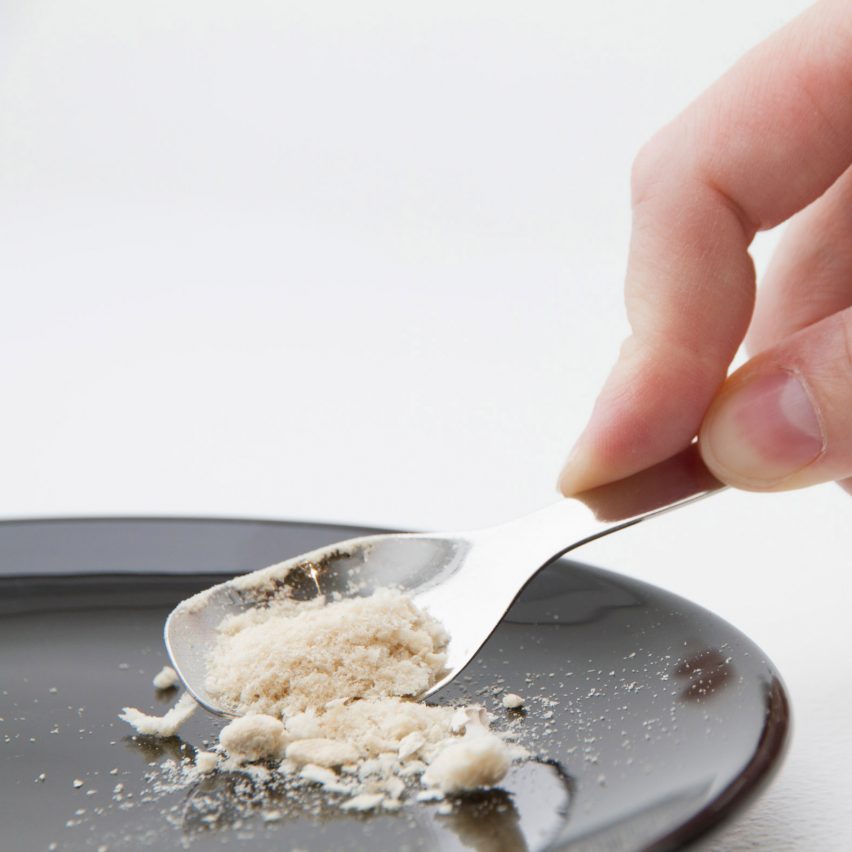
Solar Foods is one of a growing cohort of companies using emissions captured from industrial plants to create foods and drinks. The Finnish company uses microbes to turn CO2 into a meat substitute called Solein.
The CO2 is injected into a fermentation tank together with hydrogen and different nutrients, all of which the microbes consume and turn into protein that is then harvested and dried, resulting in a powder with a similar composition to dried soy.
The carbon dioxide currently comes from industry but could one come from captured atmospheric carbon.
If scaled up, the technology could potentially provide humanity with its protein needs while using a fraction of the land and resources used by traditional agriculture, thereby freeing up more land for afforestation, solar power and other means of tackling climate change.
Producing Solein is entirely free from agriculture,” said Solar Foods. “It doesn’t require arable land or irrigation and isn’t limited by climate conditions.”
SEE ALSO: “FLYING BUM” AIRSHIP CONCEPT UPDATED WITH MOTORS POWERED BY FUEL CELLS
And you? What do you think about this carbon revolution series? Leave a comment below!
[BDCK category=3 Keywords=”CE-Covet Awards, CE-Submit”][/BDCK]
























